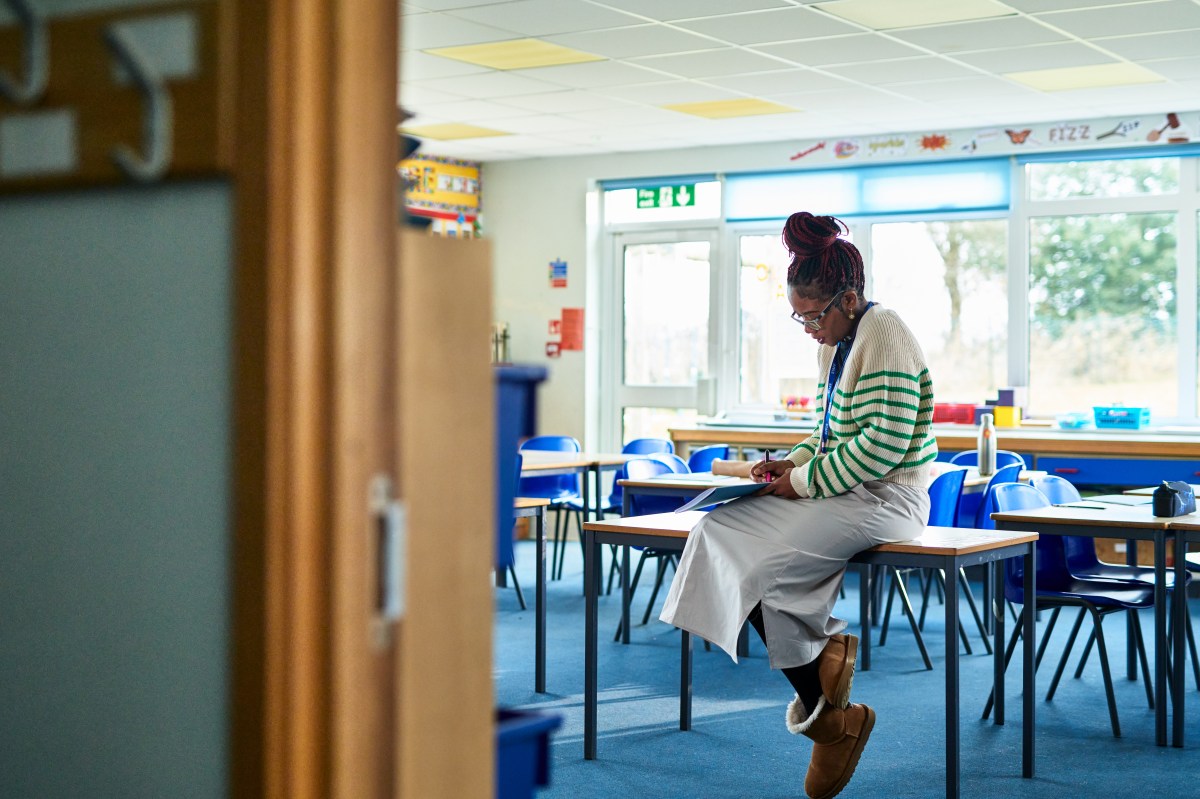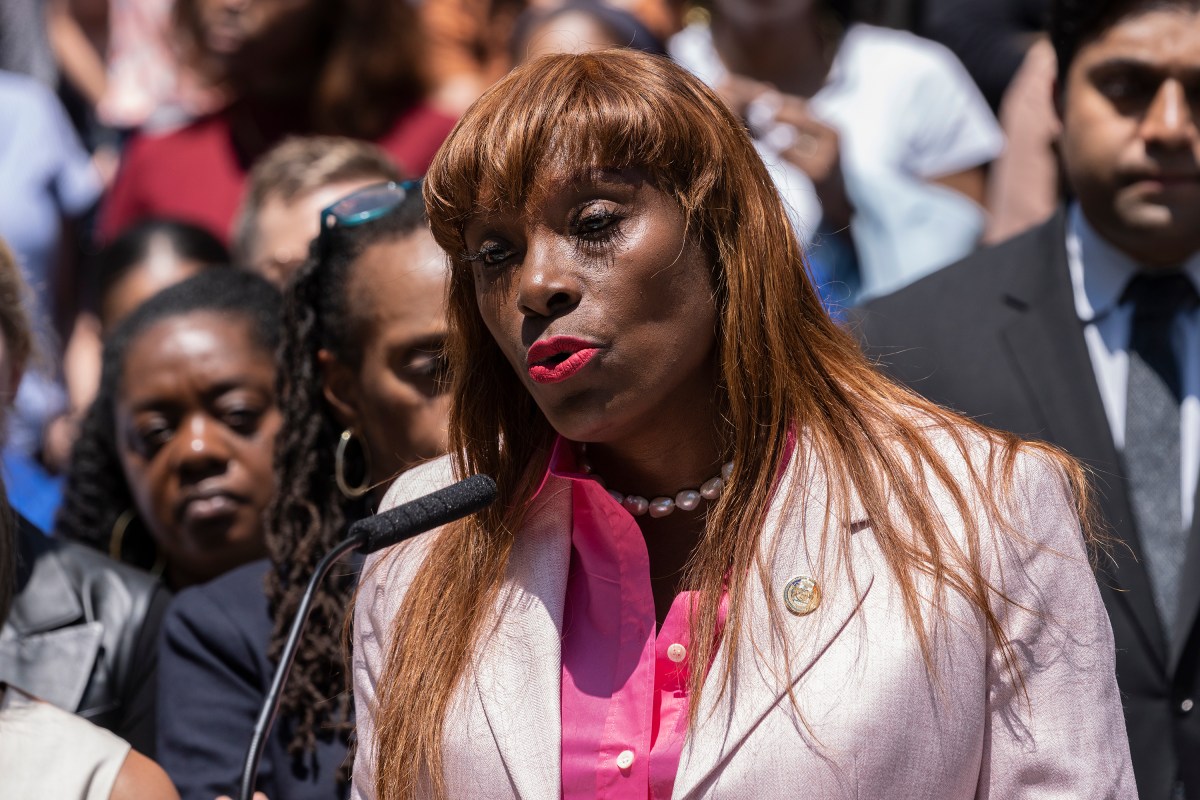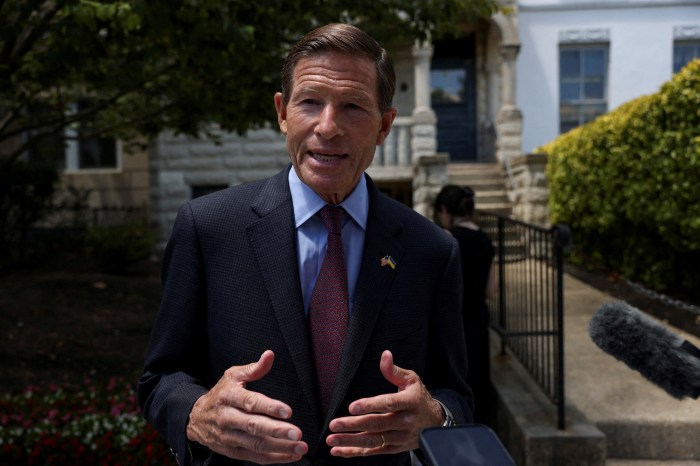BEIJING (Reuters) -China’s technology hub of Shenzhen will allow firms to resume work in an “orderly” manner after the restriction of non-essential businesses in an effort to contain an outbreak of COVID-19, a city official said Thursday.
Shenzhen, close to Hong Kong, reported 71 new local confirmed transmissions on Wednesday, up from 55 the previous day. While the outbreak is small by international standards, authorities are leaving nothing to chance.
National officials have warned that virus control is becoming increasingly difficult with more than two dozen regions reporting infections recently. They called for various measures under the “dynamic” zero-COVID policy to be implemented more strictly and vigilantly.
“On condition that the epidemic prevention and control work is done well, enterprises will resume production in an orderly way based on region and category,” Huang Qiang, deputy-secretary general of the Shenzhen municipal government, told a news briefing, without providing details or a specific timeline.
“We should be aware that the new daily case numbers so far still remained relatively high,” he added. “There must be no loosening or slacking in virus control and prevention work.”
Shenzhen aims to test all of its residents three times by Thursday. It has suspended buses, subways and all non-essential economic activity in a week-long containment programme it described as “slow living”. Supermarkets, pharmacies and medical institutions were among the only businesses allowed to open, the government said.
Firms with employees living and working within strictly sealed-off campuses are allowed to operate, the Shenzhen government said on Monday.
Major firms in the city are already feeling the effects. Apple Inc supplier Foxconn plans to put its Shenzhen campus in a COVID-19 “bubble” that will allow it to resume production until at least Sunday, according to an internal document seen by Reuters.
United Parcel Service Inc also suspended all pickup, delivery and self-pickup services in Shenzhen and neighbouring Dongguan after strict restrictions were imposed to curb the outbreak.
Dongguan, which has restricted vehicle access to some highway sections, ordered companies in areas with flare-ups to suspend operations for the week through Monday, while those in other areas could maintain production on sealed campuses.
Huizhou, next to Dongguan and Shenzhen, has also put a temporary brake on non-essential business interactions and cargo transport with the two cities.
Mainland China’s local symptomatic COVID-19 cases declined for a second day on Thursday, after a flare-up in the northeast – the worst since China’s first outbreak in 2020 centred on Wuhan – slowed.
China reported 1,226 new domestically transmitted COVID-19 infections with confirmed symptoms for Wednesday, data from the National Health Commission showed, down from 1,860 a day earlier. It marks the fifth day of over 1,000 such cases on the mainland.
Jilin province reported 742 local symptomatic infections on Wednesday, down from 1,456 the prior day.
The number of domestically transmitted asymptomatic cases, which China does not classify as confirmed cases, was 1,206 compared with 1,194 a day earlier.
There were no new deaths, leaving the death toll at 4,636. As of Wednesday, mainland China had reported 123,773 cases with confirmed symptoms, including both local ones and those arriving from outside the mainland.
(Reporting by Roxanne Liu, David Stanway, Albee Zhang and Brenda Goh; Editing by Stephen Coates and William Mallard)




























